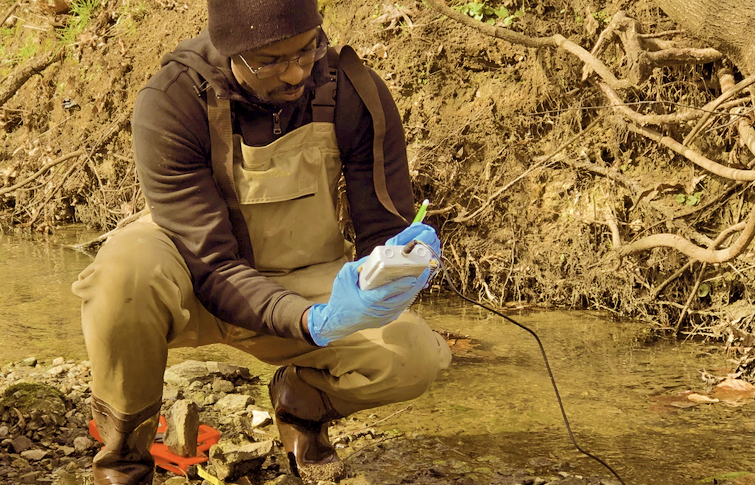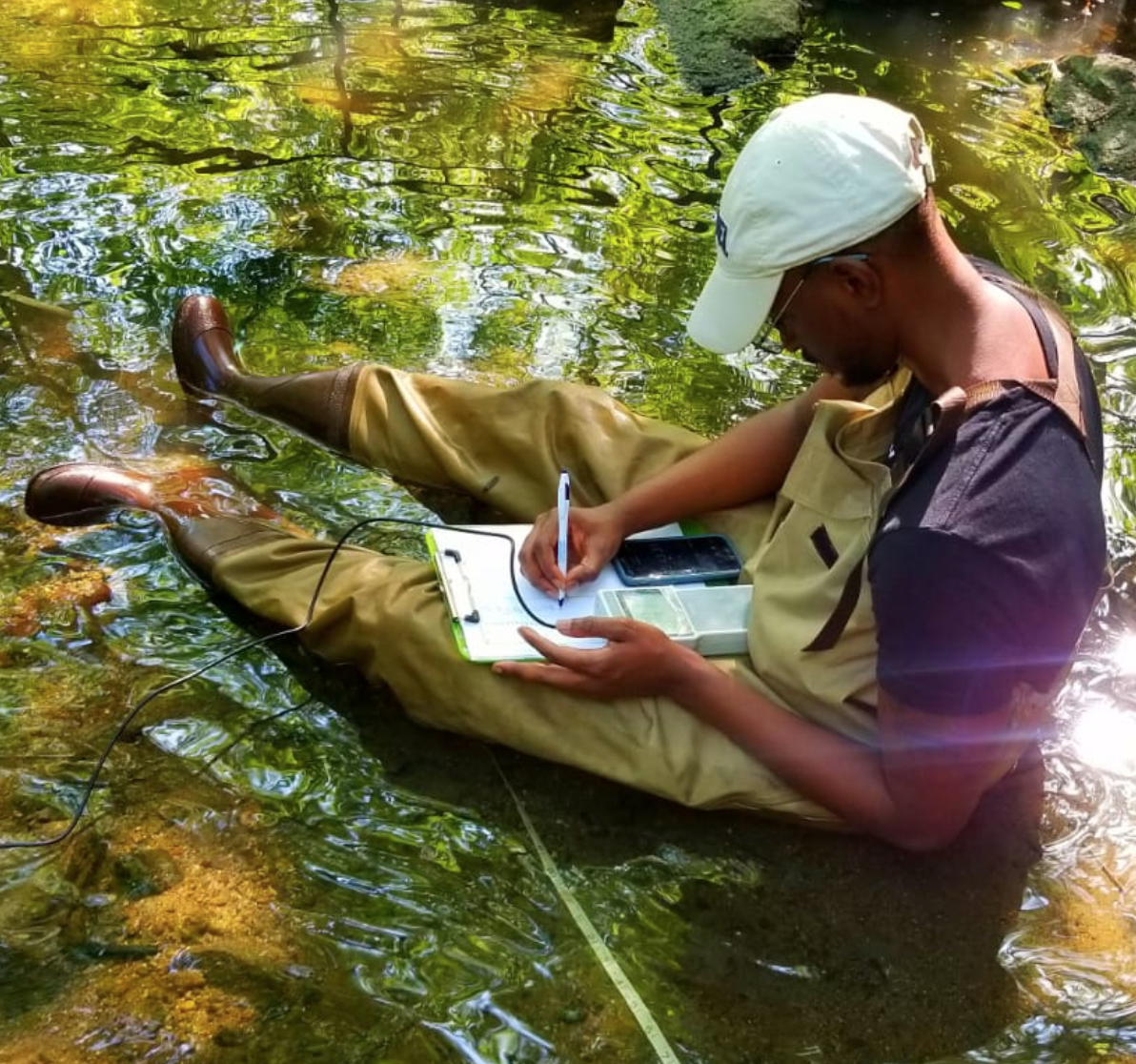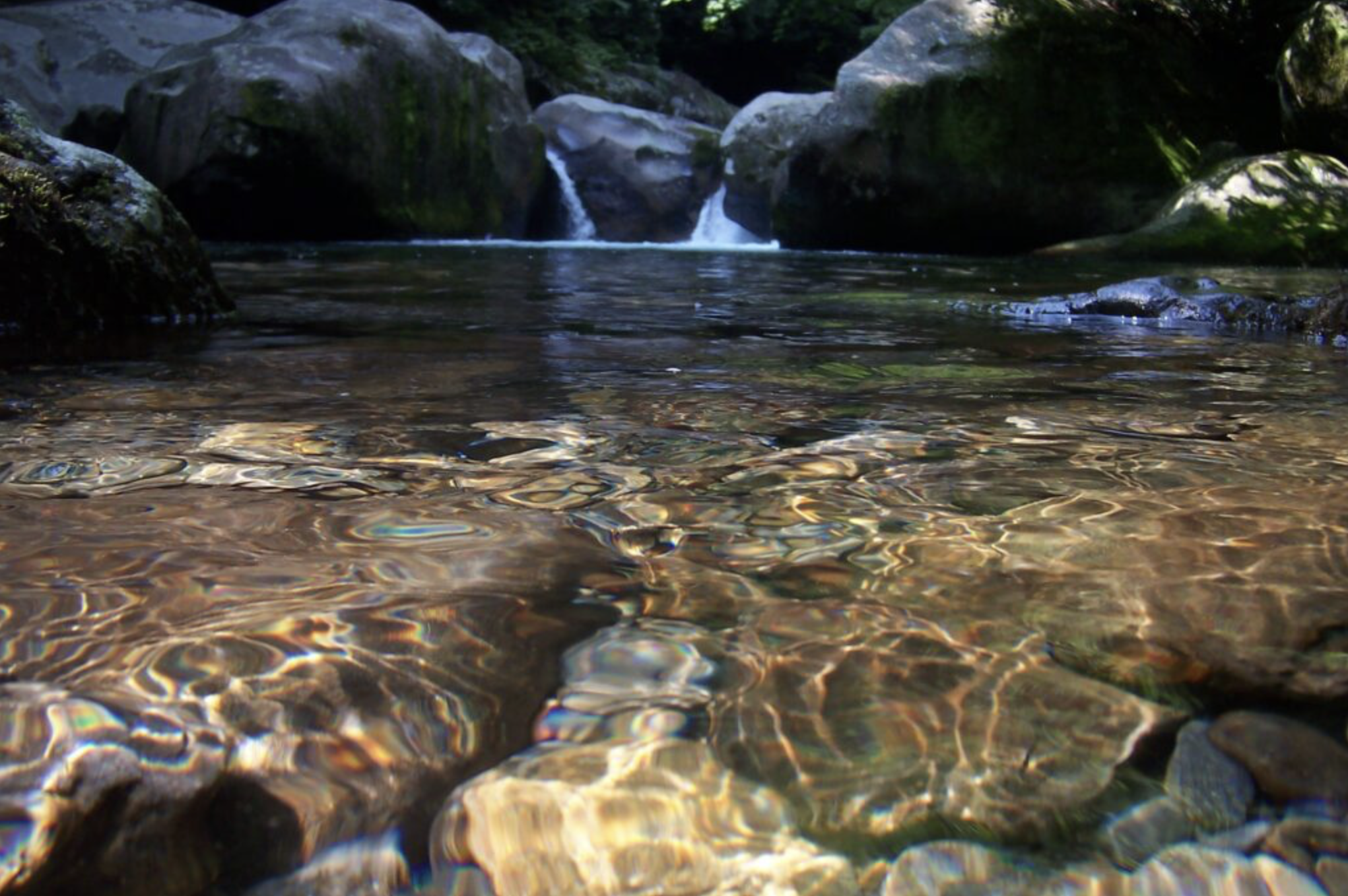NC Research Explores Implications of Antibiotic Pollution

Austin Gray (above) received a joint North Carolina Sea Grant and Water Resources Research Institute Graduate Student Research Fellowship to study antibiotic pollution, as well as a subsequent North Carolina Sea Grant minigrant for related research. He has studied in Anne Hershey’s lab at the University of North Carolina at Greensboro, where he is completing his Ph.D. in biology. Findings from his fellowship resulted in invited presentations in the United States and abroad — as well as university and regional honors that included a Society of Environmental Toxicology and Chemistry Student Exchange Award, which supports his ongoing research at Duke University’s Bernhardt Lab.
“As scientists, we are servants to the world we live in — and that includes all people, not just those in our respective disciplines.”
Guest post by Austin Gray
Antibiotic pollution is a growing environmental threat that is important to me as a scientist — and as a citizen.
Human medications and animal feed operations make use of antibiotics. While the benefits of antibiotics are well understood, therein lies a mystery: the environmental implications of antibiotics pollution. When I designed my dissertation project, I focused on developing research that would allow me to investigate antibiotic pollution and its ecological impact.
Austin Gray’s findings have garnered awards and invitations
to give presentations in the U.S. and abroad.
Before I could assess the implications of antibiotics on the environment, I first needed to evaluate what antibiotics were present and at what concentrations. The North Carolina Sea Grant /Water Resources Research Institute fellowship supported my investigation of antibiotic pollution in streams and drinking wells in North Carolina’s piedmont region. This funding opportunity allowed me to interact with residents in Guilford, Alamance, and Randolph County to talk about my research. I also was able to discuss antibiotic pollution and its relevancy in the state.
In these ways, this project was critical in helping bridge the gap between the public and scientist. Outreach is essential. As scientists, we are servants to the world we live in — and that includes all people, not just those in our respective disciplines.
In addition, the findings from this project were quite shocking. Thanks to Daniel Todd, who heads the Triad Mass Spec Facility on the UNCG campus, we were able to determine the presence of 15 antibiotics in streams and drinking wells. The antibiotics we detected were from human and veterinary applications at concentrations of up to 1.2 micrograms per liter in surface water and up to 1.8 micrograms per liter in well water.
The main take away: Antibiotic pollution in Piedmont North Carolina is widespread — and thus is a relevant water-quality issue that requires greater monitoring.
These results led me to develop additional studies regarding antibiotics in streams, focusing on those antibiotics most commonly detected.
When I researched the bioavailability of antibiotics, for instance, I assessed the uptake of antibiotics by Asian clams to determine if the clams retain specific antibiotics differently than others. This study provided insight into the potential mitigating role these invasive bivalves may play in antibiotics pollution and possible antibiotic transfer through the food web.
My advisor, Anne Hershey, and I also received a minigrant from North Carolina Sea Grant to investigate how antibiotics are transported following introduction into a stream.
Currently, thanks to my SETAC Exchange Award, I have a visiting scholar appointment where I work under Emily Bernhardt at Duke University. This research focuses on how antibiotics detected in Piedmont streams may impact specific sediment biogeochemical processes – in other word: how antibiotics in streams may affect the transfer of chemical substances among living systems and the environment.
Clearly, support from North Carolina’s Sea Grant and WRRI programs has been monumental in my pursuit to address relevant research questions involving antibiotic pollution and our environment.
Photographs courtesy of Austin Gray.
More about the Minigrant Program
More about Austin Gray’s research
Read the original North Carolina Sea Grant story here.
☔︎





